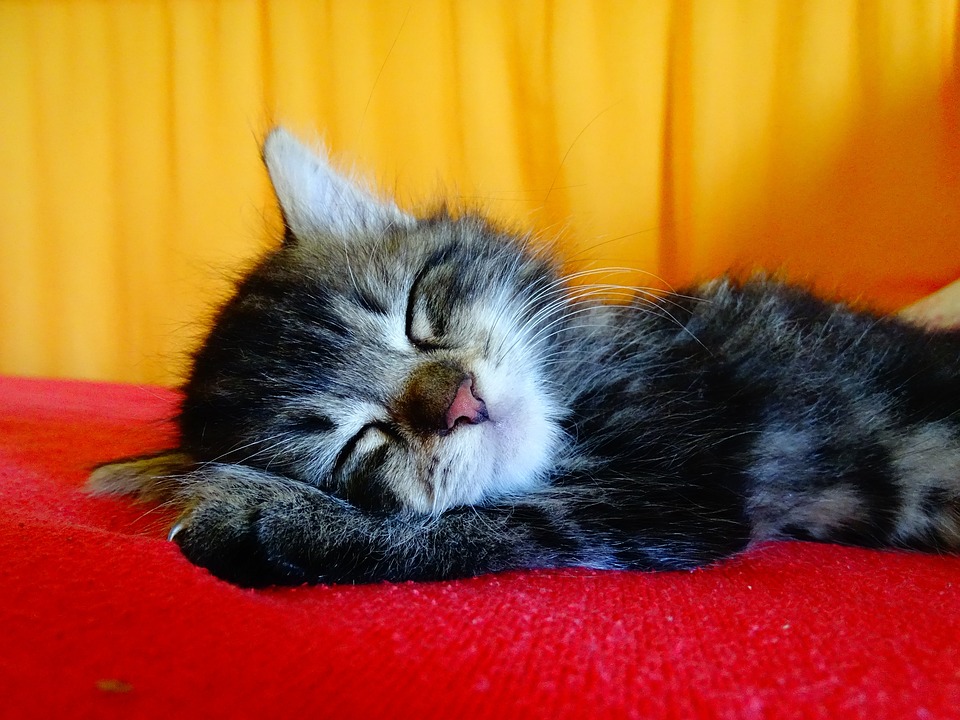Feel the Heat, Not the Sweat: Understanding How Humidity Affects Athletes and Outdoor Enthusiasts
As the summer months approach, many of us look forward to spending time outdoors, whether it’s hiking, biking, or simply enjoying a picnic in the park. However, for athletes and outdoor enthusiasts, the heat and humidity can be a significant challenge. In this article, we’ll delve into the effects of humidity on the human body and explore ways to mitigate its impact.
What is Humidity?
Humidity is the amount of moisture in the air, measured as a percentage of the maximum amount of water vapor the air can hold at a given temperature. When the air is full of moisture, it’s said to be humid. In contrast, dry air has a low humidity level.
How Does Humidity Affect the Body?
When the air is humid, our bodies have a harder time cooling themselves through sweating. Here’s why:
- Sweat Evaporation: When we sweat, the evaporation of sweat from our skin helps to cool us down. However, in humid environments, the air is already saturated with moisture, making it harder for sweat to evaporate quickly. This means our bodies have to work harder to cool down, leading to increased heart rates and temperatures.
- Heat Index: The heat index, also known as the apparent temperature, is a measure of how hot it feels outside. In humid environments, the heat index can be significantly higher than the actual temperature, making it feel even more oppressive.
- Dehydration: When our bodies can’t cool themselves effectively, we’re more likely to become dehydrated. This is because our bodies are working harder to regulate our temperature, which can lead to increased fluid loss.
How Can Athletes and Outdoor Enthusiasts Mitigate the Effects of Humidity?
Fortunately, there are several ways to adapt to humid environments and minimize the negative effects on our bodies:
- Hydrate, Hydrate, Hydrate: Drink plenty of water before, during, and after outdoor activities to stay hydrated and help your body regulate its temperature.
- Dress Appropriately: Wear lightweight, light-colored clothing that allows for good airflow and helps to reflect the sun’s rays.
- Take Breaks: Take regular breaks in shaded or air-conditioned areas to give your body a chance to cool down.
- Avoid Peak Sun Hours: Try to schedule outdoor activities during the early morning or late evening when the sun is not as strong.
- Use Cooling Products: Consider using cooling products such as cooling towels, cooling scarves, or cooling wristbands to help keep your body temperature down.
Image: A person wearing a cooling towel and sunglasses, taking a break in a shaded area.
FAQs
Q: What is the ideal humidity level for outdoor activities?
A: The ideal humidity level for outdoor activities is between 40-60%. This allows for good sweat evaporation and helps to regulate body temperature.
Q: Can I still exercise in humid environments?
A: Yes, but it’s essential to take precautions to stay hydrated and cool. Consider exercising during cooler parts of the day or in air-conditioned spaces.
Q: How can I measure the heat index?
A: You can use a heat index chart or app to estimate the heat index based on the temperature and humidity levels.
Q: Are there any health risks associated with exercising in humid environments?
A: Yes, exercising in humid environments can increase the risk of heat-related illnesses such as heat exhaustion and heat stroke. Be sure to monitor your body temperature and take regular breaks to avoid these risks.
By understanding the effects of humidity on the human body and taking steps to mitigate its impact, athletes and outdoor enthusiasts can enjoy their favorite activities while staying safe and comfortable.



